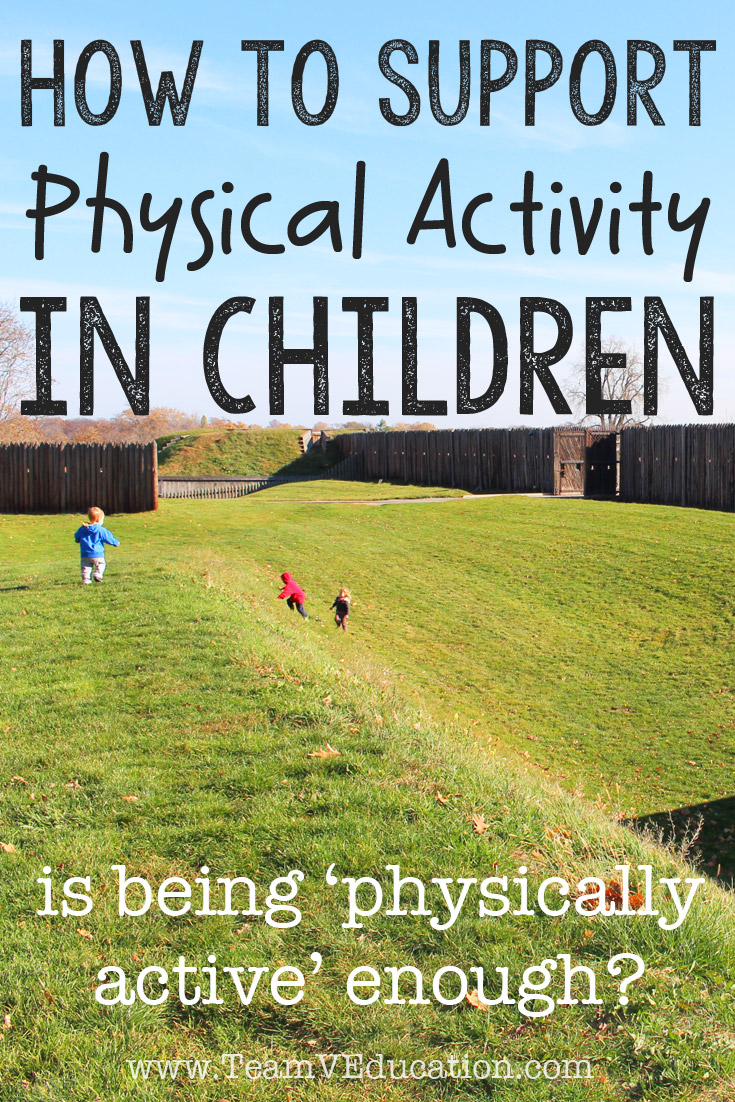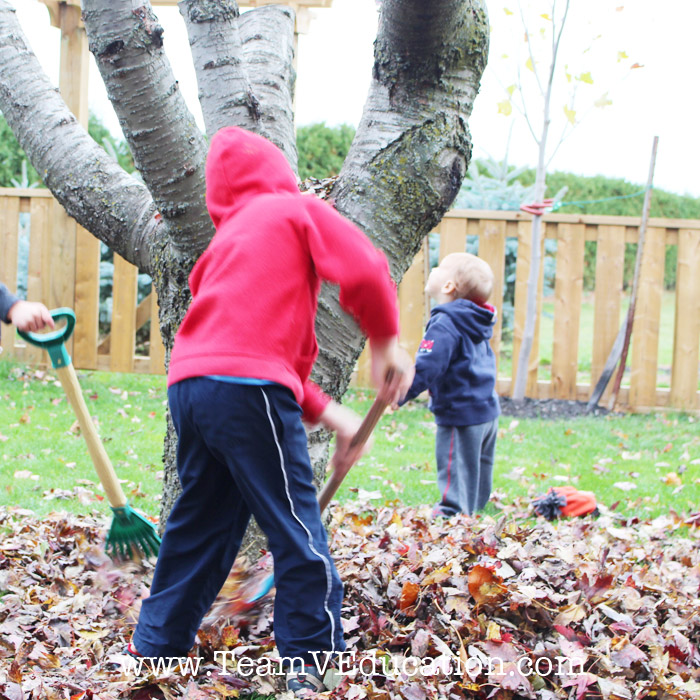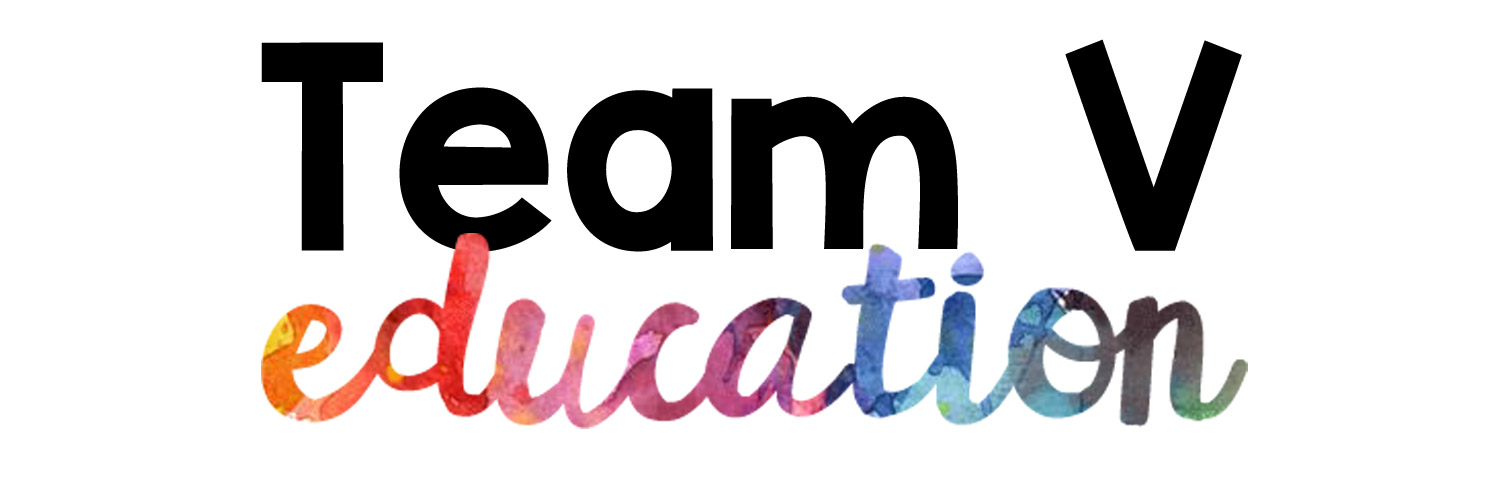How to Support Physical Activity in Children
Being a physically active person, I know firsthand the benefits of a healthy lifestyle. Physical fitness, simply put, is a general state of health and well-being that allows an individual to perform aspects of sports, occupations and daily activities without the feeling of exhaustion that may be felt by someone who lives a more sedentary lifestyle.
The Public Health Agency of Canada reports that people who are physically active live longer, healthier lives. Active people are more productive, and more likely to avoid illness and injury.

How Much Physical Activity Do Young Children Need?
Children aged 5 – 11 over the course of each day are encouraged to accumulate at least one hour of moderate to vigorous-intensity physical activity daily. The more the better!
Types of Physical Activity for Young Children
- Walking or riding a bicycle
- Raking leaves or shovelling snow
- Hiking
- Swimming
- Going to the playground
- Using a skipping rope
- Playing tag games or other running and chasing games

But how do I promote this in my own children to ensure that they get the most out of their days? Also, how do I lead my children at home to not only be physically active, but also increase their physical literacy?
Wait! What is Physical Literacy?
Physical literacy is a term used to describe the process of mastering fundamental movement and sport skills that allow a child to read their environment and make appropriate decisions.
This allows them to move with confidence and control in a wide range of physical activity situations.
Being physically active on a regular basis is a great accomplishment in itself; however, for the families that want their children to develop transferrable skills (i.e. skills that can be used in various sports), strategies, and tactics that may be used in a wide variety of individual and team sports, more specification and deliberate planning is necessary.
Sports Strategies and Tactics Include:
- Ball fakes
- Triangle offensive patterns in soccer
- When to use different types of passing in a game (such as a bounce pass instead of a chest pass in basketball)
- Returning to your starting position in badminton to better protect your court
- Placing the ball deep or shallow in tennis to elude the defender and earn a point
- Pacing in Track & Field or cross-country to reserve strength for final push
- Using a variety of pitches to increase the batter’s difficulty in hitting a ball
- Volleying the ball and setting for a spike
There are just too many strategies and tactics to list!
The important thing to take from all of this is that success in any athletic venture comes with practice.
Repeated opportunities to practice and develop these skills and strategies will increase the rate of success that your children will have in their respective activities. However, be cautious of focusing in on only one specific set of skills for a specific sport.
Related: The Importance of Free Play in Sports
Is Specializing in a Sport a Good Idea?
The common trend with little athletes today is to specialize in only one sport. I strongly advise against it for many reasons, primarily, the rate of overuse injury and strain it places on young athletes to only play one sport.
In a study of 1200 young athletes, Dr. Neeru Jayanthi of Loyola University found that early specialization in a single sport is one of the strongest predictors of injury.
Athletes who specialized were 70% to 93% more likely to be injured than children who played multiple sports!
Needless to say, developing physical literacy through instructing and leading your children in a wider range of physical activities and sports would appear to be a safer and healthier alternative.
The Take-Away Message
I encourage you to increase your children’s repertoire of skills and tactics by playing a wider variety of sports, games and activities.
Spend their early years experimenting with equipment, trying out new activities and sports, and simply instilling a love for physical activity.
Your future healthy and happy children will thank you.
Share with us your child’s favourite sport or way to be physically active. We love to hear how children are moving and keeping fit!

L. E. Mastilock
We are very active in general, but I would like to try new things. Thanks for the motivation!
Pingback: The Importance of Free Play in Sports - Team V Education
Pingback: Why I Left Classroom Teaching to Homeschool - Team V Education